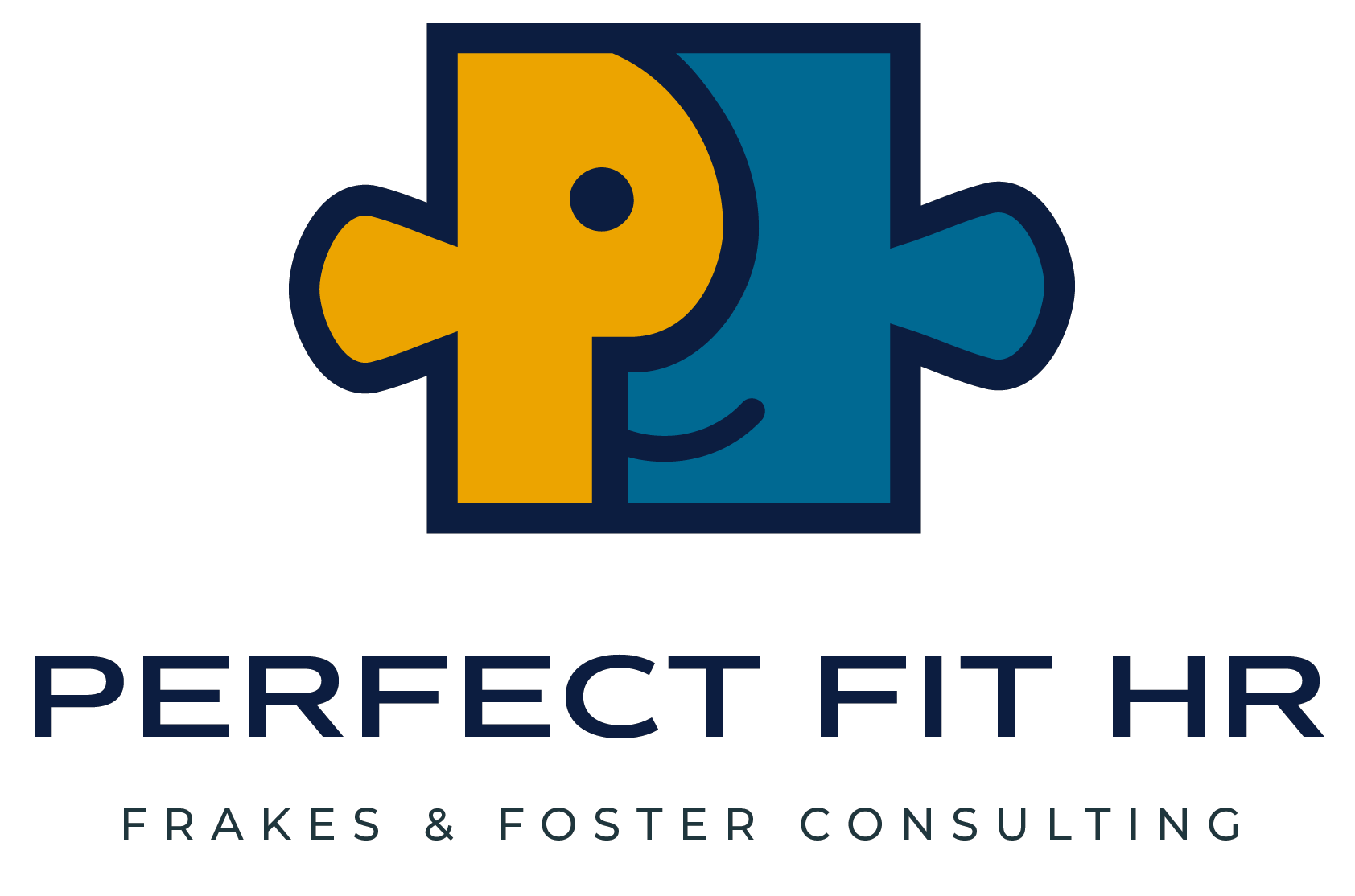Comp Plan Analysis
The best way to keep employees happy is to compensate them well. Do you know how your comp plan compares to what they can go get in the market? We do.
Salary Survey
Methodology and process
The Foster Group’s HR Solutions Team consists of specialists focused on providing your organization
with competitive benchmarks to ensure you can recruit and retain top talent. Our Team provides an
individualized white-glove approach such that your Company can rest-assured that the results provided
are sourced from industry competitors and relayed to fit your organization’s structure. Thank you for
trusting TFG for your salary survey.

Our Process
At a high level, our Team took the following steps to develop your survey: (1) initial study of all job
descriptions; (2) assimilation of job architecture and revisions to job descriptions; (3) revisions to titles;
(4) broad assessment across the industry for job duty/job family alignment; (5) development of selection
criteria; (6) differential assessment; (7) extrapolation and regression exercise; and (8) final alignment.
The last three steps are performed with different parameters in varying sources for comparison and
validation.
(1) Sources Used
The data we use to benchmark a job is primarily based on compensation surveys. TFG utilized 18
compensation surveys for this analysis. Our database also uses algorithms to account for inflation and
projections. TFG utilized supplemental data from other sources including job postings, career sites,
trade publications, government indices and the U.S. Bureau of Labor Statistics, etc. Although it is
impossible to find an exact match for each position in the market, this wide variety in data points allows
us to consider as many factors as possible when pricing a potential job and, in this case, all jobs within
an organization.
(2) Compensable Factors Used
We used many factors to price each job at CTS. A few included:
Skills
Certifications/Licenses
Experience
Education
Management Duties / # of employees managed
Reporting structure
Once we price enough jobs, we are able to see how each factor generally impacts the market in a given
industry/area. (For example, CTS does not require a BA/BS for several jobs that do typically require a
BA/BS on the market, so we know that this will decrease the market price slightly.)
Additionally, the geography, industry, and size of the employer impacts the market value of every job.
For CTS’ compensation survey, we focused our research on several categories including:
similarly-sized companies (50-100 employees);
same revenue class in a growth trajectory modeled;
in the same location (NYC); and
in the same industry.
(3) Filling in Gaps and Audit/Verification
When we are unable to find a close-enough match for our position out in the market, we combine 2+
jobs in the market (sometimes weighting them differently) to produce the best estimate for a market
salary for the desired job. (For example, we were unable to find a traditional job in the market to
compare to CTS’ SDMSC because these types of managers typically oversee either service center
engineers or network/NOC engineers—not both. We were able to combine those two jobs to get a more
accurate estimate for what someone managing both types of engineers should be paid.)

Final Steps
The Team continues to gather data and run compensation ranges until we find no “exceptions” and/or an acceptable deviation for each job. As an example, CMs are both project managers and account
managers; though we find “matches” for the CTS position, we validated the compensation range by
selecting project managers and account managers separately in different searches, weighting them
60/40, 50/50, and 40/60. These audits help us verify the level or provide a notable discrepancy such
that we continue to gather data until these “exceptions” no longer occur.
Once we have individual position ranges, we assimilate them across the organization for consistency.
This step again produces exceptions and deviations that require additional research. Finally, we set the
ranges with all of this data
